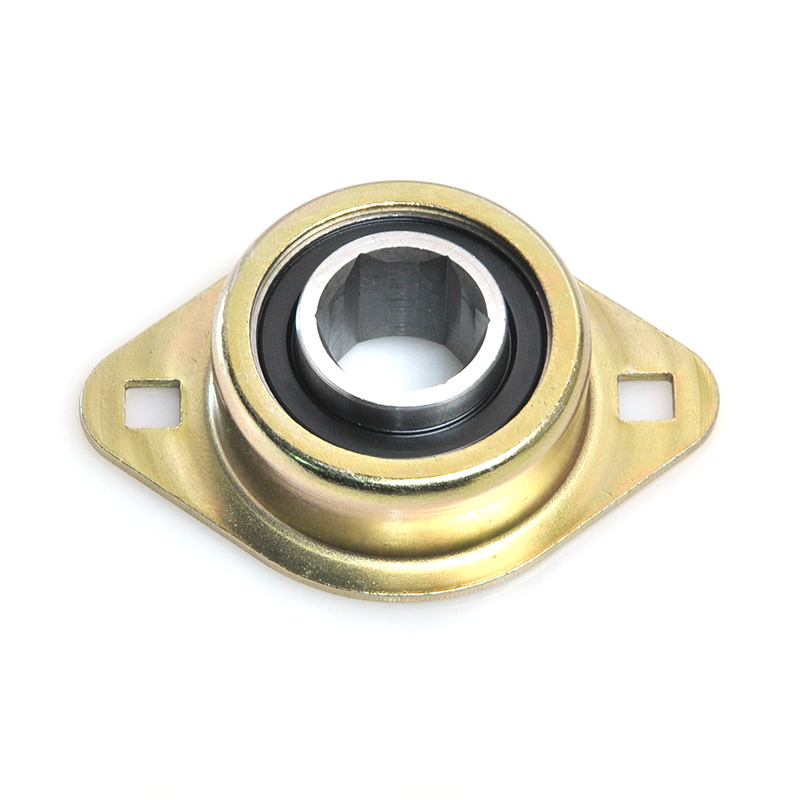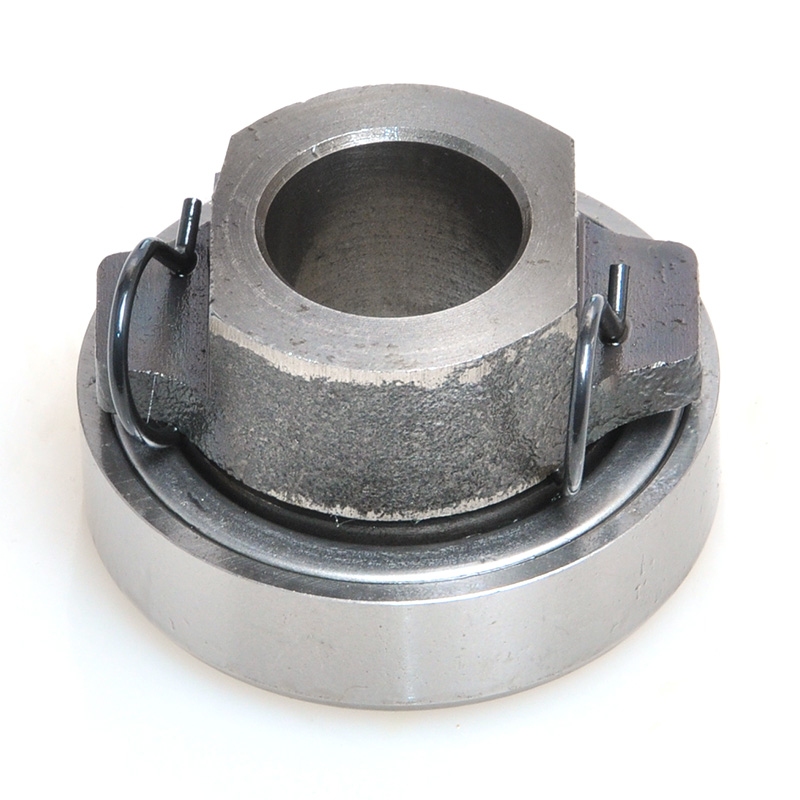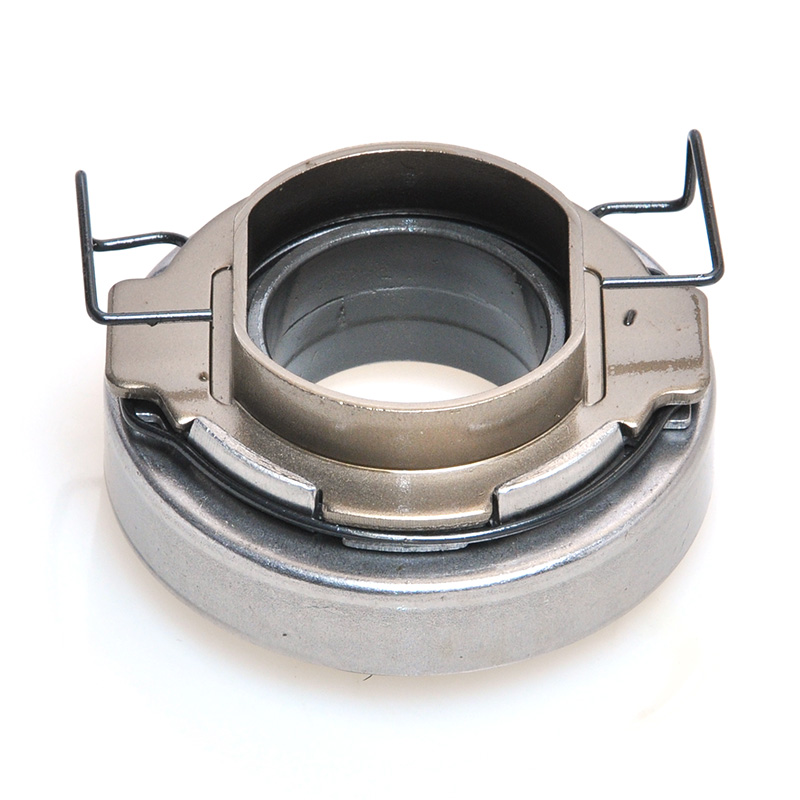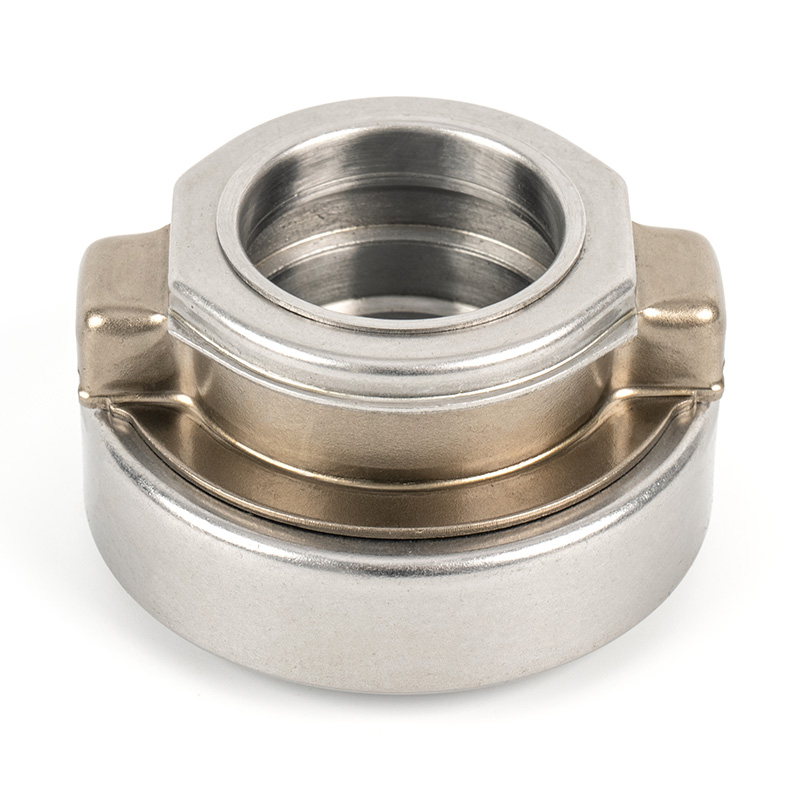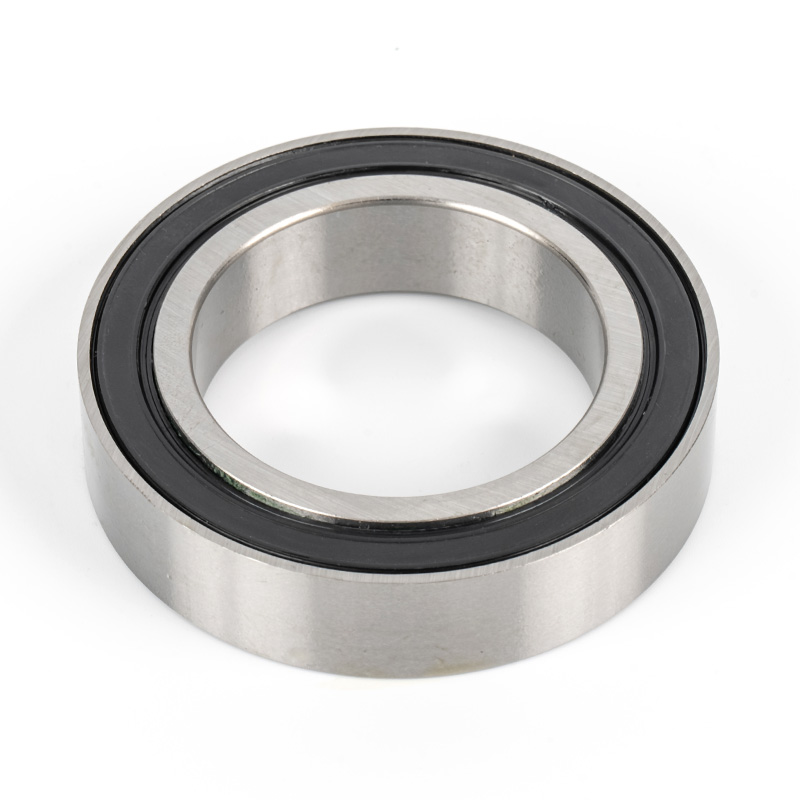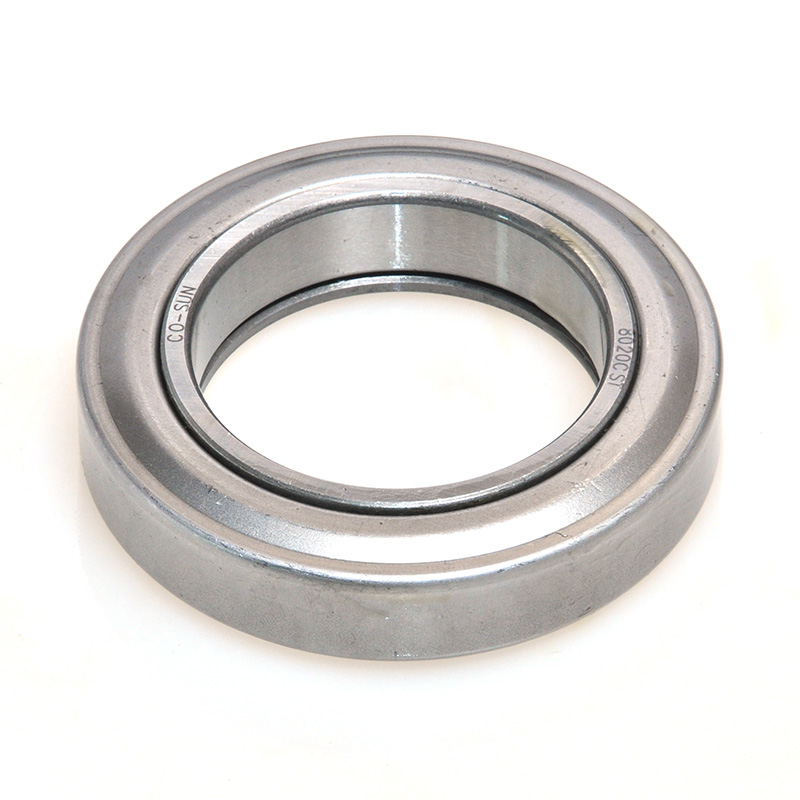The core structure of the customizable double-bolt flange bearing consists of a flange, double-bolt fixing holes, inner/outer bearing rings, and rolling elements (or sliding friction components). This customization encompasses three key areas: First, dimensional customization: the flange diameter, bolt hole spacing, bearing inner/outer diameter, and overall height can be adjusted based on the equipment shaft diameter and installation space requirements. Second, material and precision customization: suitable materials and precision grades can be selected to address diverse operating conditions, such as high and low temperatures, corrosion, and high loads. Suitable for applications in industries such as food processing, chemicals, and metallurgy. Third, sealing and lubrication customization: rubber seals, dust covers, or labyrinth seals can be added, and pre-filling with a suitable lubricant is also possible. The double-bolt design reduces vibration displacement through symmetrical force distribution, making it suitable for vertical installation and cantilevered loads, such as conveyor rollers, small motor end caps, and automation equipment transmission units.
In the logistics automation industry, the drive rollers of sorting equipment require bearings with varying load capacities due to varying loads. This can be achieved by customizing the flange thickness and number of rolling elements. Double-bolt fixing prevents flange loosening during high-speed operation. In agricultural machinery, suitable sealing structures and materials can be used to adapt to the dusty, muddy, and watery environments encountered in field operations. The customization process for these bearings primarily includes: collecting operating parameters (such as speed, load, and ambient temperature), 3D model design, prototype production, performance testing (such as radial runout, temperature rise, and life simulation), and mass production. These bearings can be used in the development and support of non-standard equipment.
 +86-13867573512
+86-13867573512

